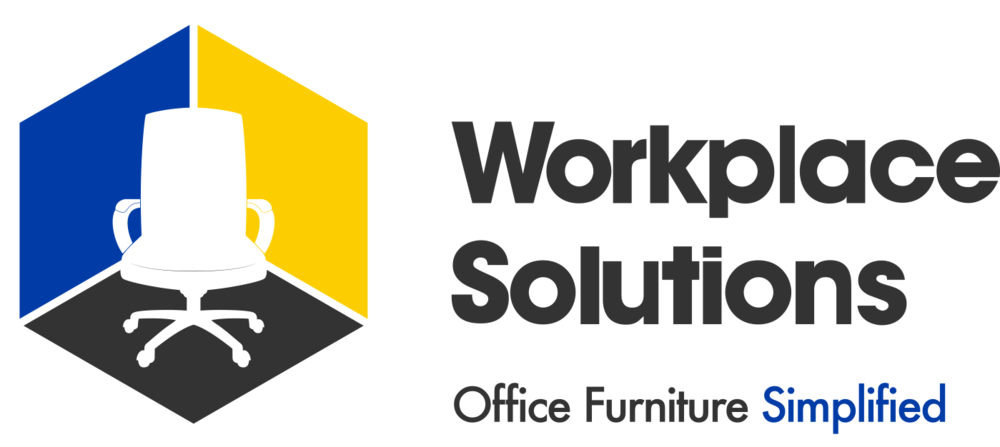This article was originally written by Sonaly Dudheker and was originally published on Work Design Magazine
As of 2021, employees have begun returning to the office and expect employers to provide a healthy workplace that embodies both physical and mental health. The last two years have shown us that health goes far beyond our physical wellbeing. Employees now look to the office to foster mental health with human connections and create experiences in a purpose-driven environment. In fact, recent data about mental health indicates that nine in 10 employees report that their workplace stress affects their mental health, driving the need for creative yet calming environments. Furthermore, 60% of employees today find it difficult to concentrate because of their work environment compared to 46% of employees in 2018, highlighting the need for today’s workplaces to be productive and inspiring. Returning to the office, at least a few days a week, is essential for nurturing personal relationships, integrating new employees, generating ideas and building company culture. The key to success is creating environments that focus on improving mental and physical health for employees.
In the words of Dr. Richard Jackson from the University of California Los Angeles School of Public Health, “We now know that developers and architects can be more effective in achieving public health goals than doctors in white coats.” On average, one-third of a workday outside of the home is spent at the office. Therefore, in order to achieve public health goals in the workplace, color, natural elements, eclectic spaces and creative thinking are essential factors to consider in design.
Photo credit to MergeWorks
Benefits of Color and Nature
Colors have the capacity to impact our mood and have an influence on our mental and physical wellbeing. The color green is said to enhance mood and relieve stress. Incorporating plants and other biophilia into a workplace design can reduce stress and create a comforting and calming environment. The use of natural and tactile materials such as wood, natural fibers, brick, water and natural light can also reduce stress, improve memory, increase positive feelings and encourage employees to engage with their sense of touch and interact with their surroundings. Hearing and seeing water and plant elements and navigating in open spaces has also proven to help soothe people and increase productivity. To enhance physical wellbeing, incorporating large windows, skylights and other tools that draw natural light into the workplace can reduce eye strains, headaches and stress levels.
An example of this can be seen on the Quiet Earth Moss website, which is one of our vendors, that enables healthier work environments by combining Biophilic principles and acoustic engineering with 100% custom design. Shall you require more information about moss walls for your office, please contact customer service at Workplace Solutions here.
Photo credit to Quiet Earth Moss
Stress-Reducing Design
Stress is common in fast-paced working environments. To reduce the feeling of stress, there are some key features you can add to bring life into your office space. Key features include a living green wall; natural materials of wood, stone and concrete; abundant sunlight; ample outdoor views; and lower panels at work stations that all contribute to overall health. By adopting an unconventional perspective, the experience-driven space enables employees and visitors to feel welcome and comfortable as soon as they enter the office.
Photo credit to The Sliding Door Company
Spaces for Breaks and Movement
Additionally, incorporating dedicated spaces that ventilate clean and fresh air throughout develops a sense of health, community, collaboration and comfort in the workplace and is essential to boosting endorphins. Corporate benefits like gyms, on-demand yoga sessions at the office, gaming areas, and quiet zones are increasingly common and offer employees a place to “escape” and reflect, encouraging increased productivity and positive mindsets. In addition, designing ergonomic workstations such as supportive chairs, height-adjustable desks and proper desk layouts provide opportunities to easily move around and work as a team, which increases efficiency and reduces sedentary tendencies.
Photo credit to Workplace Solutions
Future-Focused, Wellness-Centered
Finally, incorporating health-oriented workplace programs as well as preventative design solutions will provide an abundant sense of safety and connection. Corporations are encouraged to continuously maintain the workspace as well as assimilate engaging activities, such as creative workshops, for employees to activate within the designed space.
By understanding the needs of employees and clients, we know that health and wellness are top of mind and should be customized to each space. The future of workplace design will remain focused on promoting wellness and purpose-driven environments that lead to increased team morale, stronger communication and overall happiness within companies, returning a sense of safety and unity to the office.
Photo credit to Workplace Solutions
